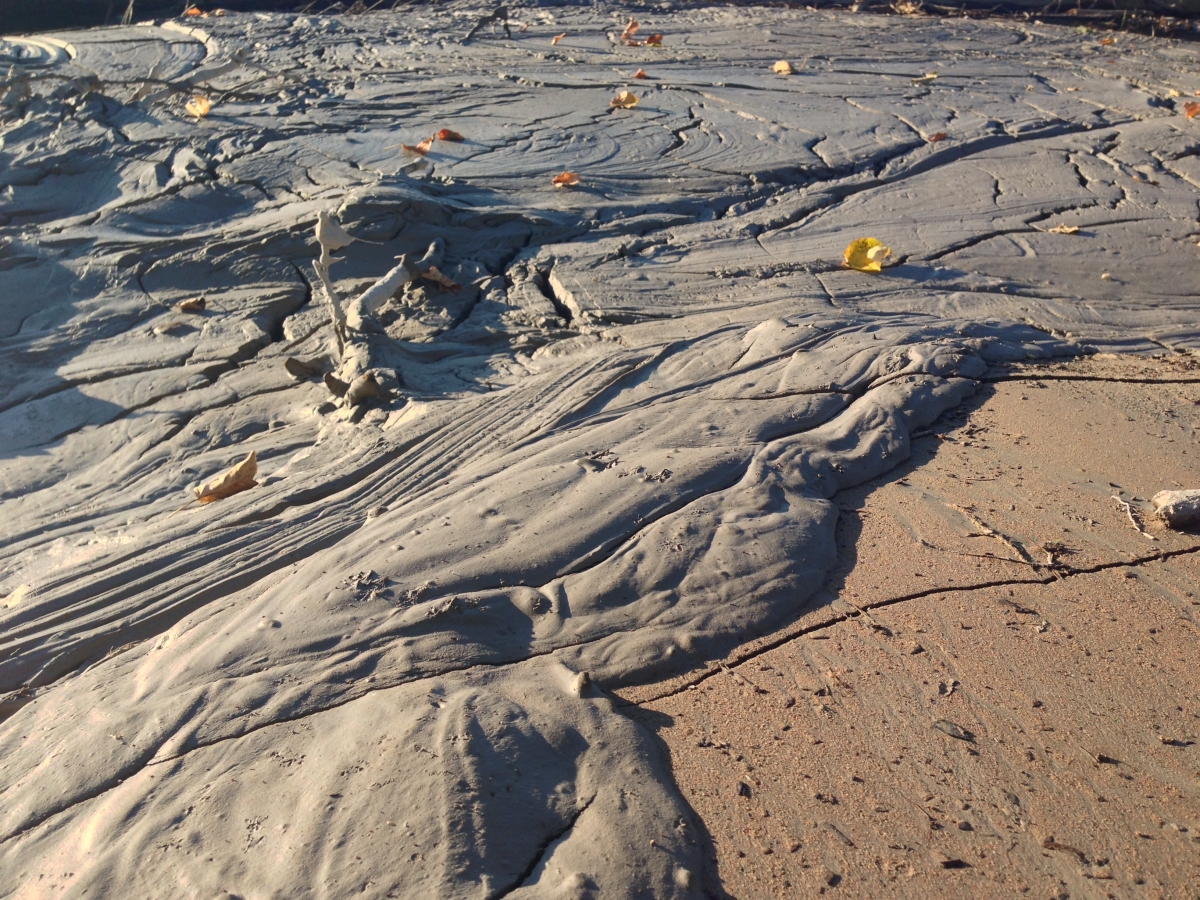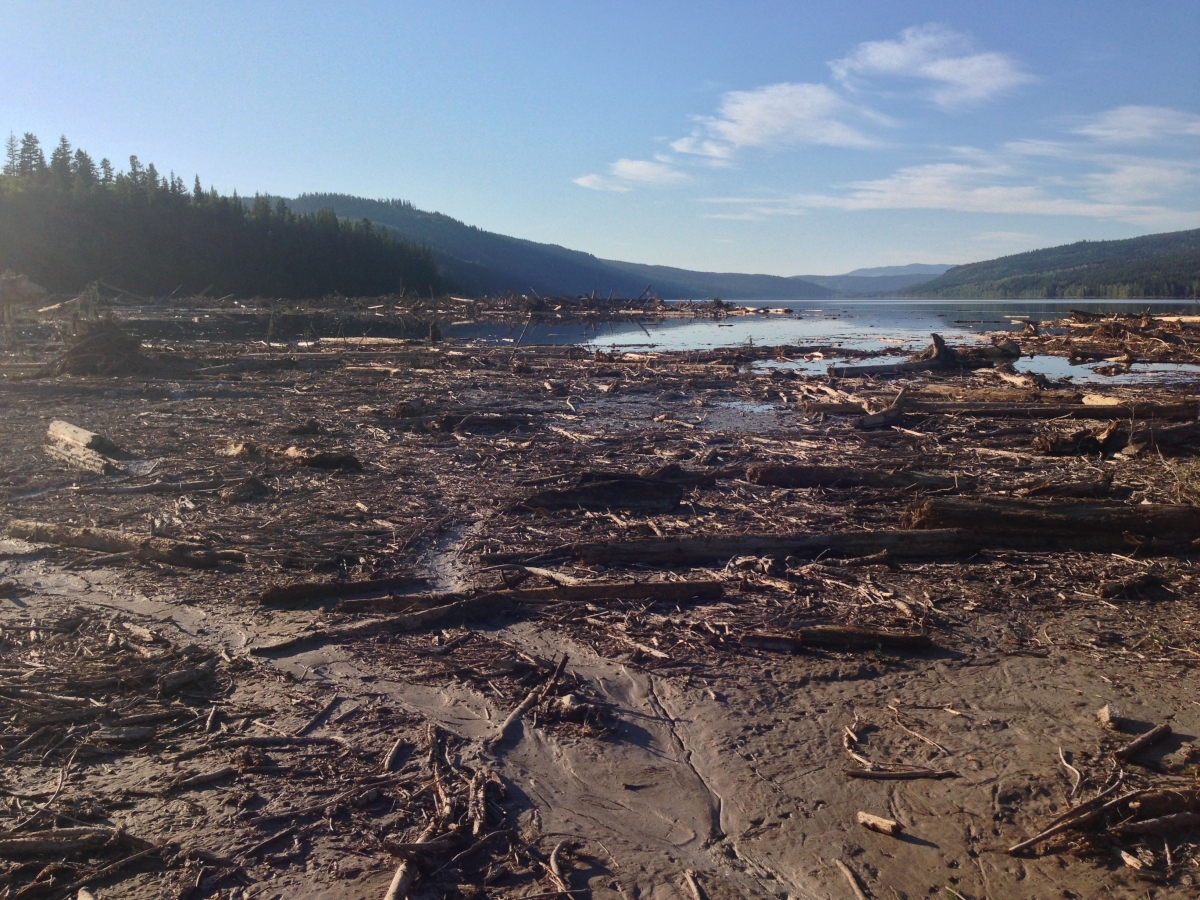
Water determines the Great Lakes Region’s economic future
Climate change, geopolitics and business opportunities power a blue economy
Sunday marks the tenth anniversary of the worst mine-waste disaster in Canadian history at the Mount Polley mine on northern Secwépemc Territory, near the small B.C. Interior town of Likely. On the morning of Aug. 4, 2014, a failing containment dam owned and operated by Imperial Metals plunged a 25-million-cubic-metre torrent — about the volume of 10,000 Olympic swimming pools — of heavy metal-laden waste into Te T7iweltk (Quesnel Lake), which sits in the heart of a unique inland temperate rainforest.
Two years later, Environment Canada revealed some of the disaster’s impact: 2.14 tonnes of mercury and 134 tonnes of other heavy metals were released, accounting for 92 per cent of all lead and mercury in Canadian waterways that year. Even though Imperial Metals assured communities the metals wouldn’t enter the food chain, numerous studies proved otherwise.
Despite the magnitude of the disaster, the Mount Polley mine resumed full operations and shortly after that received B.C. government approval to pipe effluent directly into Te T7iweltk (Quesnel Lake). In the months prior to the disaster, employees raised concerns about the questionable management of the tailings facility. In 2012, the global firm Knight Piésold, the tailing dam’s original engineers, withdrew responsibility for the tailings facility, noting, “the embankments and tailings impoundment are getting large.”


Since the disaster, governments and Imperial Metals have demonstrated a shocking lack of discipline. Both the provincial and federal governments let the deadlines for laying charges pass without taking action. The only significant discipline came from Engineers and Geoscientists BC, a professional body that sanctioned three engineers who worked at the mine. When a private prosecution was filed by the former Chief of Xatśūll Nation, charges were stayed by the province.
Now, 10 years later, it’s fair to ask: why is there such a gap between the scale of the disaster and the government’s response?
Over the past decade, many have argued the disaster exposed a broken regulatory system. B.C.’s auditor general also raised serious concerns about the influence of industry, undermining the B.C. government’s ability to regulate responsibly.
While we agree with the auditor general’s view that the B.C. government’s capacity to govern effectively is compromised by industry, this issue extends far beyond recent governments.
Instead of viewing the disaster as a symbol of government failure, it’s more productive to see it for what it is: a governance system in B.C. that has always prioritized socially and ecologically destructive extraction.
In the spring of 1858, as many as 30,000 people flooded into Nlaka’pamux Territory to engage in ecocidal and genocidal mining practices. A few months later, the Colony of British Columbia was established with a primary focus on facilitating this destructive approach to resource extraction. Precious life-sustaining habitats were systematically dismantled and contaminated, with recent research estimating that 58 million cubic metres — well over twice that of the Mount Polley mine disaster — of mercury-laden mine waste was flushed into the Fraser River and its tributaries. Colonial archives tell of an immediate wave of poverty from destroyed salmon habitat among nations along the Fraser River.
In B.C., between 1862 and 1863, Indigenous mortality rates from smallpox ranged from 50 to 80 per cent. In this new extraction-focused colony, there were huge incentives to ignore vaccinations and intentionally spread disease. Tellingly, at this same time, on the Prairies, the Hudson’s Bay Company — engaging in economic activity that benefitted from Indigenous survival — had been running an effective vaccination program for decades.
You might be thinking that “times have changed,” and new environmental laws and reconciliation efforts can safeguard from this outcome. But all the regulatory tweaking and half-hearted reconciliation efforts don’t address the deep-seated preference for a damaging — yet profitable — approach to extraction of which the Mount Polley mine disaster is a product.
The failure of regulatory tweaks to change industry practice shows a system stuck in a precarious dance. Instead of genuinely addressing these concerns, regulations are tweaked just enough to appease voters while still upholding this task of prioritizing destructive extraction.
What would it take to solve such a deeply rooted problem?
A good start would be for the B.C. government to implement policies that prioritize precaution over profit.
This means: lowering thresholds for mandatory environmental assessments and closing loopholes for avoiding environmental assessments by splitting projects into smaller parts; ensuring the B.C. environment minister bases decisions on science and removes the political cushioning from deferring decisions to “statutory decision-makers” and the B.C. government’s self-regulating professional reliance system that grants industry the freedom to curate its own scientific oversight; increasing bonding rates for industry to account for worst-case scenarios; raising fines to levels that actually deter reckless behaviour and addressing industry’s disproportionate access to government.
But herein also lies a major impasse: implementing effective policy would mean ending this sacred relationship of industrial primacy. Given how entrenched governance in B.C. has been with the needs of major extraction, there is an urgent need to rethink how the problem is framed and what solutions are considered.
Overcoming this impasse is straightforward, according to Ron Ignace, Canada’s Commissioner of Indigenous Languages and former Chief of Skeetchestn Indian Band, and Marianne Ignace, a professor of linguistics and Indigenous studies at Simon Fraser University. If 1858 marked a shift towards destructive practices, the solution lies in looking to the colonial terms of exchange prior to 1858. In their book, Secwepemc People, Land, and Laws, they draw from trading post journals to show how European extraction prior to 1858 followed Secwepemc laws, resource management practices and land tenure systems.
What would it take, then, to return to this time when profits were achieved while still respecting the laws of Indigenous nations? Many examples exist in B.C. where Indigenous nations have taken charge of their own impact assessments: Tk̓emlúps te Secwépemc and the Ajax Mine, Squamish Nation and the Woodfibre LNG project, the Northern Secwepemc te Qelmucw mining policy, to name a few. These efforts are enhancing environmental oversight, preventing agency capture and stamping out high-risk projects.
Since 1858, nations have pushed back against a colonial system that has tried to erase Indigenous environmental governance. What is needed now is to scale up these values to work alongside other governance systems in B.C. A Union of British Columbia Indian Chiefs discussion paper, “Centering First Nations Concepts of Wellbeing: Toward a GDP-Alternative Index in British Columbia,” offers a roadmap for making this shift.
Still sound unrealistic?
Think again. Aotearoa/New Zealand’s national treasury draws on Māori beliefs with its “Living Standards Framework,” which guides key economic decisions “across the different dimensions of wellbeing.”
Prior to 1858, Indigenous nations across B.C. had strong and thriving systems of knowledge, law and governance that understood the interconnectedness of everything. Secwépemc ways of being are built on this principle: “Take care of the land and water, and it will take care of you.” Today, numerous Indigenous-led initiatives, like Guardians programs, are working to uphold these values.
These are just a few ways Indigenous peoples and non-Indigenous people alike can end the dispossessing and ecologically devastating regulatory deadlock that characterizes B.C.’s history — and ensure that devastating outcomes like the Mount Polley mine disaster stay in the past.
Get the inside scoop on The Narwhal’s environment and climate reporting by signing up for our free newsletter. On a warm September evening nearly 15...
Continue reading
Climate change, geopolitics and business opportunities power a blue economy

10 billion litres of sewage are dumped into Winnipeg’s lakes and rivers each year. Some...

Court sides with Xatśūll First Nation, temporarily halting Mount Polley mine waste expansion
